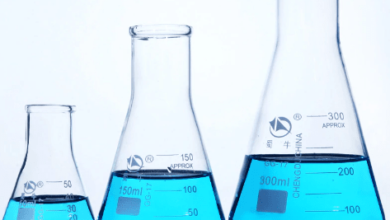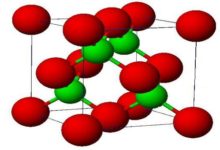Top Cement Industry in Pakistan with their Production & Capacity
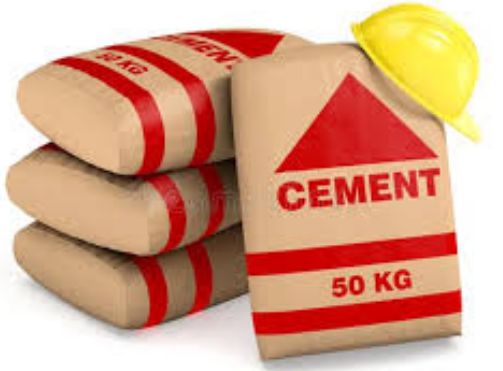 Cement Industry in Pakistan: At the time of partition in 1947, there were four plants producing 3, 30,000 tons of cement every year. However, in 1953 – 54 the production of cement rose to 6, 60,000 tons. In 1956 P. 1. D.C. set up cement factories at Daud Khel and Hyderabad.
Cement Industry in Pakistan: At the time of partition in 1947, there were four plants producing 3, 30,000 tons of cement every year. However, in 1953 – 54 the production of cement rose to 6, 60,000 tons. In 1956 P. 1. D.C. set up cement factories at Daud Khel and Hyderabad.
But even then the production of cement was not enough to meet the day-to-day increasing demand for the construction of buildings, roads, dams, bridges, etc. In 1970 the demand for cement was about 4 million tons.
How many Cement Factories are in Pakistan?
Here is the complete and latest list of the cement industry in Pakistan:
Cement Industry in Pakistan
The location of the existing cement factories and the production capacity of each is given below:
| Name | Location | Year of Establishment | Process | Capacity (000 tonnes) |
| Public Sector: Punjab Associated cement | Wah. | 1922 | Wet | 450 |
| National Cement | Dandot (Jhelum) | 1940 | Wet | 50 |
| Gharibwal cement | Gharibwal (Jhelum) | 1964 | Wet | 540 |
| Dandot cement | Dandot (Jhelum) | 1983 | Dry | 330 |
| Maple Leaf | Daud Khel | 1956 | Wet | 300 |
| White cement | Iskanderabad | 1967 | Wet | 30 |
| D.G. Khan cements Sindh | Dera Ghazi Khan | 1986 | Dry.W/Calc | 600 |
| Associated cements | Rohri | 1937 | Wet | 270 |
| Javedan | Karachi | 1964 | Dry | 600 |
| National | Karachi | 1938 | Wet | 160 |
| Thatta cements | Thatta | 1983 | Dry | 330 |
| ZealPak | Hyderabad | 1956 | Wet | 1188 |
| NWFP Mustehkam | Hazara | 1966 | Semi-Dry | 630 |
| Kohat Private Sector | Kohat | 1983 | Dry | 330 |
| Attock | Hub (Baluchistan) | 1986 | Dry | 600 |
| Cherat | Nowshera (NWFP) | 1985 | Dry | 300 |
| Pakland | Dhabeji (Sindh) | 1985 | Wet | 300 |
| Dadabhoy | Dadu (Sindh) | 1986 | Dry, W/Cal | 300 |
| Sarela | Quetta | 1985 | Dry | 75 |
| Fecto | Sangjani, Islamabad | 1988 | Dry | 330 |
| Anwarzaib (White cements) | Bholari (Sindh) | 1987 | Dry | 50 |
| Essa | Sindh | 1988 | Dry | 115 |
The development of the cement industry depends on the mutual efforts of the pub and private sectors. This industry is fairly capital-intensive, the initial investment in Pakistan came from the public sector. P.l.D.C. was entrusted with the job and it acquitted itself well in the field. In 1972 the cement industry was taken over by the Government and until 1978 cement had been the exclusive domain of the public sector.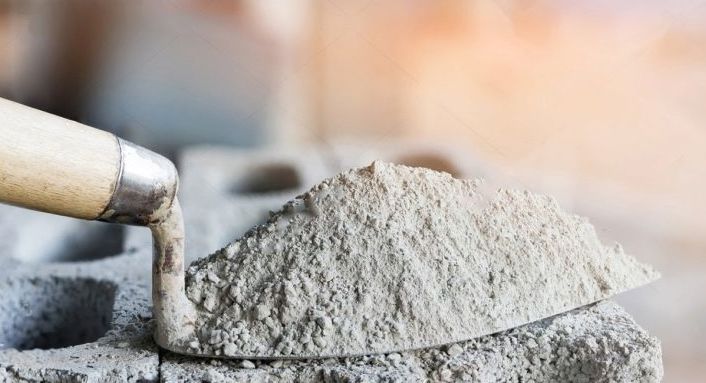
The situation is not changed with the advent of the private sector which competes with the State Cement Corporation_. State Cement Corporation has not started a joint advertising campaign by introducing one brand name (State Cement for all of its 14 factories.
At present, there are 22 cement factories in Pakistan, 14 in the public sector, and 8 in the private sector. The total annual installed capacity of these factories L 8.12 million tons. The country is likely to achieve self-sufficiency in cement.
Significance of the Cement Industry in Pakistan
The cement Industry in Pakistan has great significance in the development of programmers of the country. Pakistan is a developing country and there is much scope for its expansion. The average annual increase in cement is 8 percent, which is based on the production performance of the units in the public sector.
These units are running on the old process. Balancing, modernization, and replacement are being carried out by almost all the companies in the public sector.
In this connection, Dyekerhoff Engineers Limited of West Germany consultancy has prepared a feasibility study for the conversion of “wet process” units to “dry process”. The new units are being set up on the “dry process” due to economies of fuel.
Recently the Ministry of Production has chalked out an elaborate program to increase domestic’ production by the modernization of old units in phases through a BBM plan. Besides BRM programs, a Cement Research Institute was established in Lahore to conduct modern research to increase cement production and minimize the cost of production.
How Cement is Made?
(Manufacturing & Production Process)
Early History
Cement is a very important building material that was first introduced d by an English Mason Joseph Aspdin. He found it when a strongly heated mixture of limestone and clay was mixed with water and allowed to stand, it hardened to a stone-like mass that resembled Portland rock; a famous building stone of England. Since then the name Portland Cement is given to the mixture of lime (obtained from limestone), silica, iron oxide, and alumina.
This was the start of the Portland cement industry as we know it today. Cement is now low in cost, as it is applied everywhere in the construction of houses, public buildings, roads, industrial plants, dams, bridges, and many other structures.
Definition of cement
Cement is the material obtained- by burning an intimate mixture of calcareous and argillaceous materials at a sufficiently high temperature to produce clinkers. These clinkers are then ground to a fine powder.
The essential constituents are lime (obtained from limestone) silica and alumina (present in clay).
The average composition of a good sample of Portland cement is as follows:
| Compound | Percentage % |
| Lime (CaO) | 62 |
| Silica (SiO2) | 22 |
| Alumina (Al2O3) | 7.5 |
| Magnesia (MgO) | 2.5 |
| Iron Oxide (Fe2O3) | 2.5 |
| Sulphur Trioxide (SO3) | 1.5 |
| Sodium Oxide (Na2O) | 1.0 |
| Potassium Oxide (K2O) | 1.0 |
Manufacturing Raw Materials
The important raw materials used for the manufacture of cement are:
- Calcareous material (limestone, marble, chalks, marine shell) as a source of Ca.
- Argillaceous material (clay, shale, slate, blast furnace slag). They provide acidic components such as aluminates and silicates.
- Another raw material being used is gypsum.
Manufacturing Process
The manufacturing process of cement involves either a dry process or a wet process. The choice of a dry or wet process depends on the following factors:
- The physical condition of the raw
- Local climatic conditions of the
- The price of the fuel.
In the world, most factories use a wet process for the production of cement. The dry process needs excessive fine grinding and it is more suited for hard material. The wet process, on the other hand, is free from dust, grinding is easier and the composition of the cement can easily be controlled.
Wet Process
In this process grinding is done in the presence of water. There are five stages in the manufacture of Portland cement.
- Crushing and grinding of the raw.
- Mixing the material in the correct ratio.
- Heating the prepared mixture in a rotary kiln.
- Grinding the heated product known as
- Mixing and grinding of cement clinker with
Crushing and Grinding
Soft raw materials are first crushed into a suitable size, often in two stages, and then ground in the presence of water, usually in rotating cylindrical balls or tube mills containing a charge of steel balls.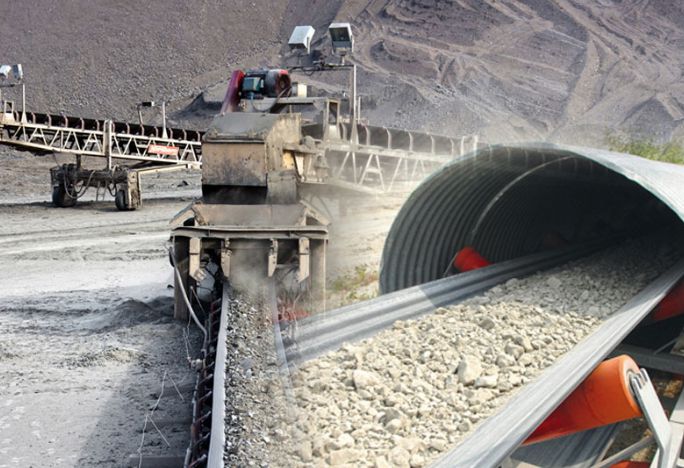
Mixing of the Raw materials
The powdered limestone is then mixed with the clay paste in proper proportion (limestone 75%, clay 25%); the mixture is finely ground and made homogeneous by means of a compressed air mixing arrangement.
The resulting material is known as slurry. The slurry, which contains 35 to 45% water, is sometimes filtered to reduce the water content from 20 to 30% and the filler cakes are stored in storage bins. This reduces fuel consumption for the heating stage.
Heating the Slurry in a Rotary Kiln
Raw meal or slurry prepared as above is introduced into the rotary kiln with the help of a conveyor. The rotary kiln consists of a large cylinder 8 to 15 feet in diameter and 300-500 feet in length. It is made of steel and is lined inside with firebricks. The kiln rotates horizontally on its axis at the rate of 1-2 revolutions per minute and it is inclined a few degrees. As the kiln rotates, the charge slowly moves downward due to the rotary motion.
Now the charge is heated by burning coal, oil, or natural gas. In the rotary kiln, the charge passes through the different zones of temperature where different reactions take place. The charge takes 2-3 hours to complete the journey in the kiln.
1. Drying or pre-heating Zone (Minimum Temperature Zone)
In this zone, the temperature is kept at 500°C, whereby the moisture is removed and the clay is broken into Al203, Si02, and Fe203.
2. Decomposition zone (Moderate Temperature Zone)
Here the temperature goes up to 90 °C, In this zone, the limestone (CaCO3) decomposes into lime (CaO) and CO2
CaCo3 (S) → CaO (S) + CO2 (g) at 900°C
3. Burning zone (minimum temperature zone)
In this zone1 the temperature goes up to 1500°C and the oxides, e.g. Ca0, Si0 2, Al203, and Fe203 combine together and form calcium silicate, calcium aluminate, and calcium ferrite.
Cooling Zone
This is the last stage in the kiln where the charge is cooled up to 150-200°C.
Clinker Formation
The resulting product obtained from the kiln is known as the cement clinker. This has the appearance of greenish-black or grey-colored balls varying in size from small nuts to peas.
Grinding the clinkers with gypsum
The cement clinkers are then air-cooled. The required amount of gypsum (2.0 %) is first ground to a fine powder and then mixed with clinkers. At this stage finished cement is pumped pneumatically to storage silos from where it is drawn for packing in paper bags or for dispatch in bulk containers. Cement Industry in Pakistan
Setting of cement
The use of cement in the construction of the building is based on its property of setting to a hard mass when its paste with water is allowed to stand for some time. The reactions involved in the setting are described as follows:
The reaction taking place in the first 24 hours
A short time after the cement is mixed with water, tri-calcium aluminate absorbs water (hydration) and forms a colloidal gel of the composition, 3 Ca. Al2O3•6H2O, (hydrated tricalcium aluminate).
This gel starts crystallizing slowly and reacts with gypsum (CaSO4 .2H2O) to form crystals of calcium sulfur-aluminate 3CaO.Al 2O3 .3CaSO4 .2H 2O.
The reaction takes place in 1 to 7 days
Tri-calcium silicate (3CaO.SiO3) and tri-calcium aluminate (3CaO.Al2O3) get hydrolyzed to produce calcium hydroxide and aluminum hydroxide. The calcium hydroxide thus formed, starts changing into needle-shaped crystals, which get studded in the colloidal gel and impart strength to it. Aluminum hydroxide, on the other hand, fills the interstices resulting in the hardening of the mass. The gel formed starts losing water partly by evaporation and sets to a hard mass.

